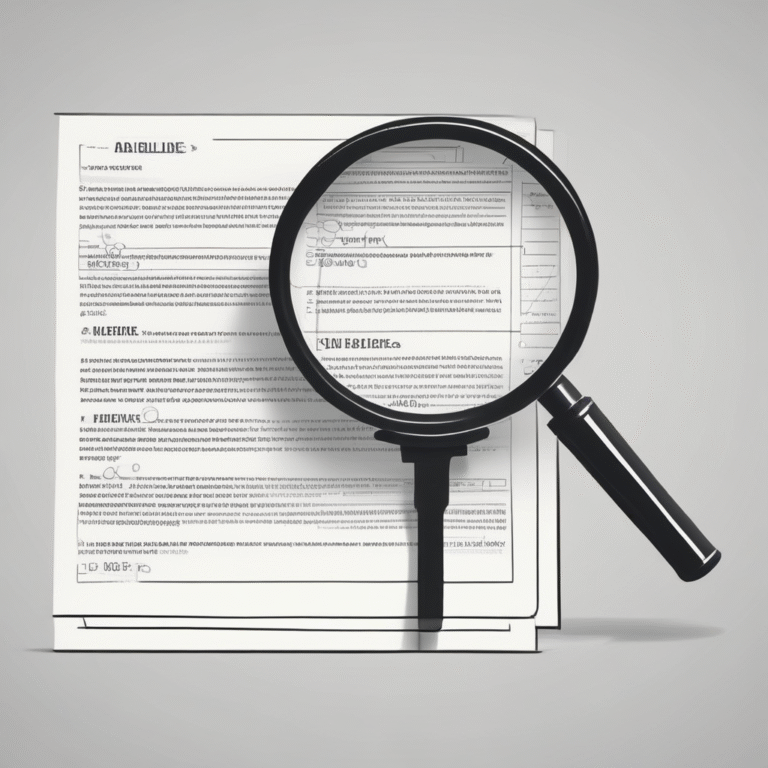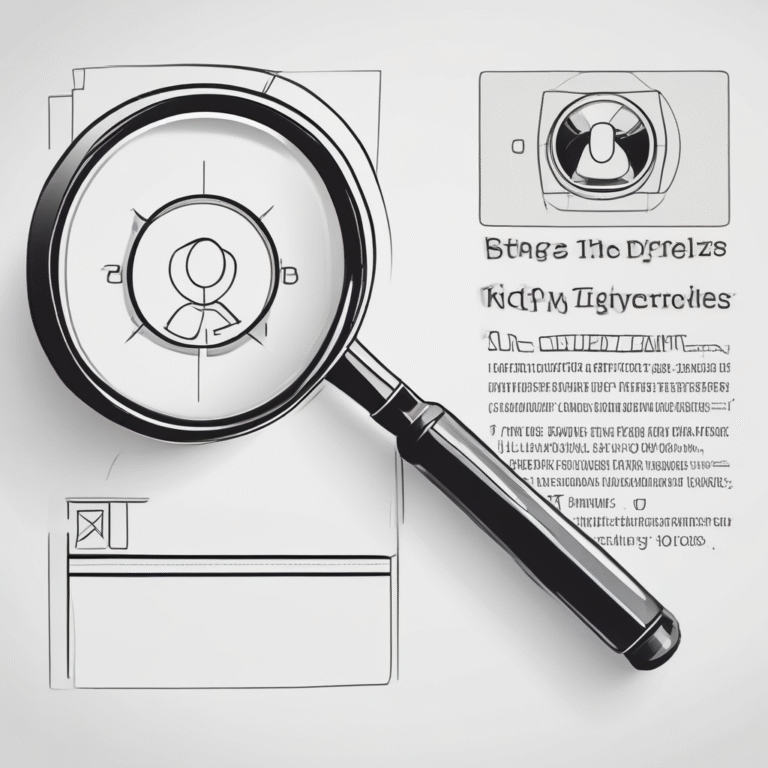The AI Act: Landmark Regulation Comes into Force
The AI Act, a significant regulatory framework for artificial intelligence, officially came into force on August 1, 2024, with the European Commission releasing new guidelines on prohibited AI practices on February 4, 2025. This comprehensive regulation aims to address the myriad risks associated with AI technologies while promoting innovation.
AI Action Summit
The AI Action Summit, held in Paris on February 10/11, 2025, brought together heads of state, leaders of international organizations, and CEOs to discuss the future of AI regulation. With participation from nearly 100 countries and over 1,000 representatives from the private sector and civil society, the summit provided a platform for critical discussions on the balance between regulation and innovation.
Debates during the summit highlighted that while regulation is necessary to mitigate risks, ignoring potential dangers in AI development may hinder true innovation. The conversation also touched upon the ongoing challenges within the European market, including market fragmentation and a lack of venture capital.
Risk-Based Framework
The AI Act introduces a four-tier risk-based system to categorize AI systems:
- Unacceptable risk: This category includes AI systems that pose a clear threat to societal safety. Examples include:
- Harmful AI-based manipulation and deception
- Social scoring
- Real-time biometric identification for law enforcement in public spaces
- Provisions banning these practices took effect on February 2, 2025, with penalties of up to EUR35 million or 7% of global annual revenues for non-compliance.
- High-risk: This category encompasses AI systems that could significantly impact health, safety, or fundamental rights. Examples include:
- AI used in critical infrastructure (e.g., transport)
- AI solutions in educational institutions that affect access to education
- While not banned, these systems are subject to legal obligations such as risk assessment and detailed documentation.
- Minimal or no risk: This level entails lighter transparency requirements, ensuring users are aware they are interacting with AI, particularly in applications like chatbots and deepfakes.
International Reactions
The summit also underscored the differing approaches to AI regulation globally. The US criticized the European stance, with both the US and the UK declining to sign the summit’s declaration on ‘inclusive’ AI. This division raises concerns about the potential for a disjointed global approach to AI governance.
Some companies, including OpenAI, expressed concerns that the AI Act could stifle commercial development in Europe, emphasizing the need for balanced regulation that does not hinder progress.
Emerging Players and Initiatives
Amid these regulatory discussions, new players like DeepSeek and Mistral AI are making significant strides in the AI landscape. DeepSeek’s recent open-weight model, R1, challenges existing US dominance in AI. Meanwhile, Mistral AI has partnered with various organizations to enhance its offerings and announced the InvestAI initiative, a EUR200-billion investment plan aimed at establishing four AI gigafactories.
This initiative reflects a broader strategy within the EU to foster collaborative development of advanced AI models while navigating the regulatory landscape.










